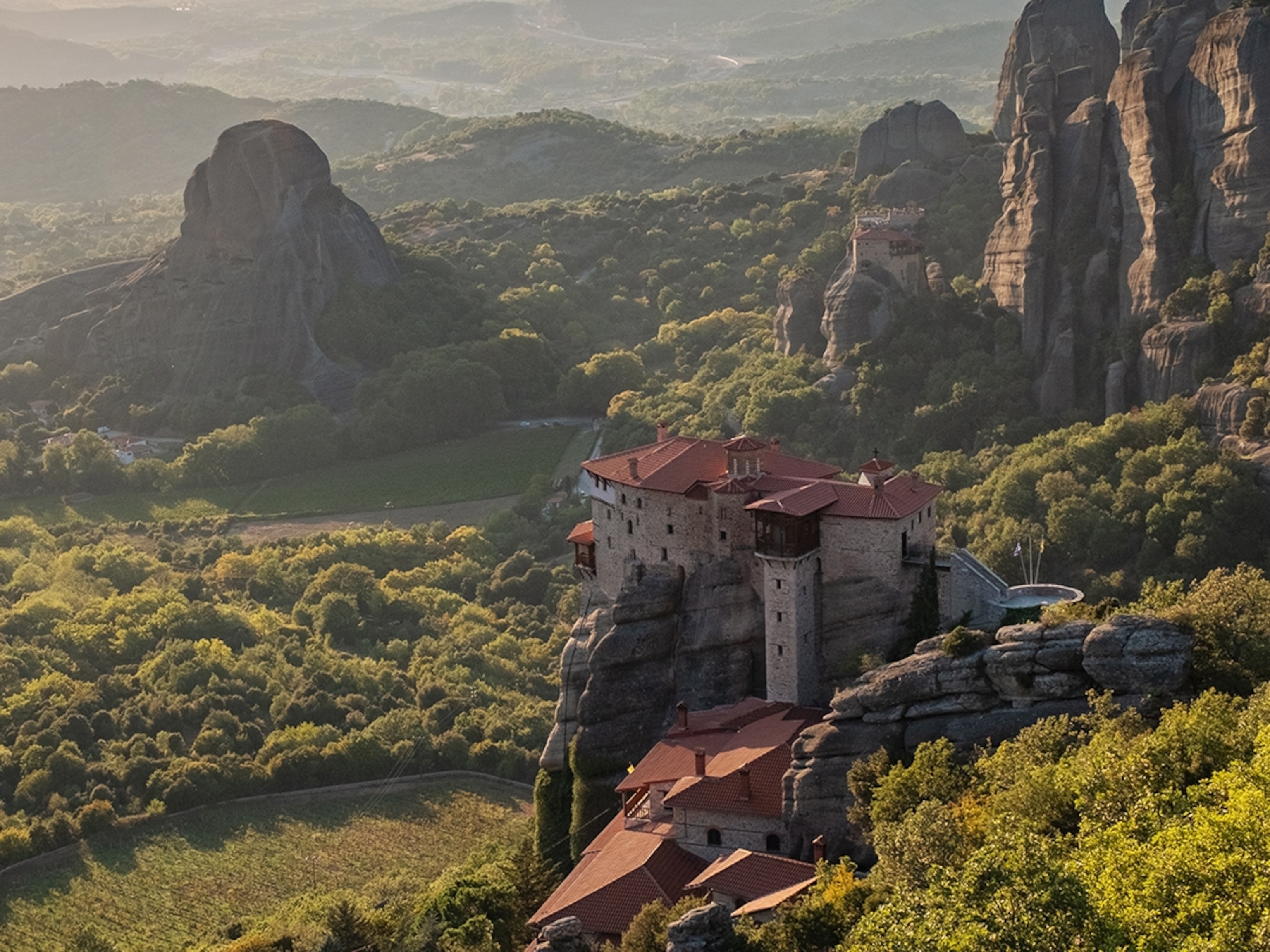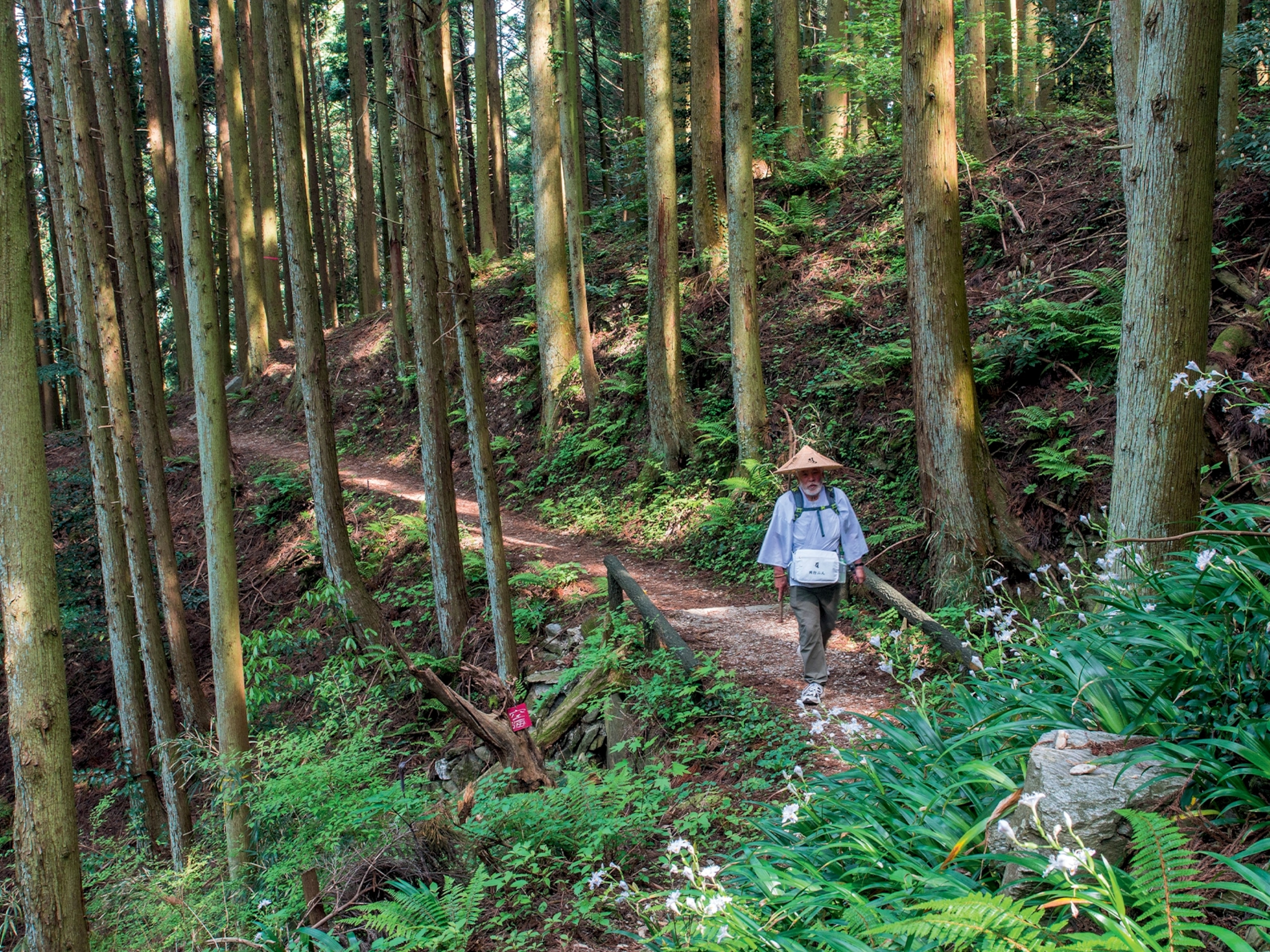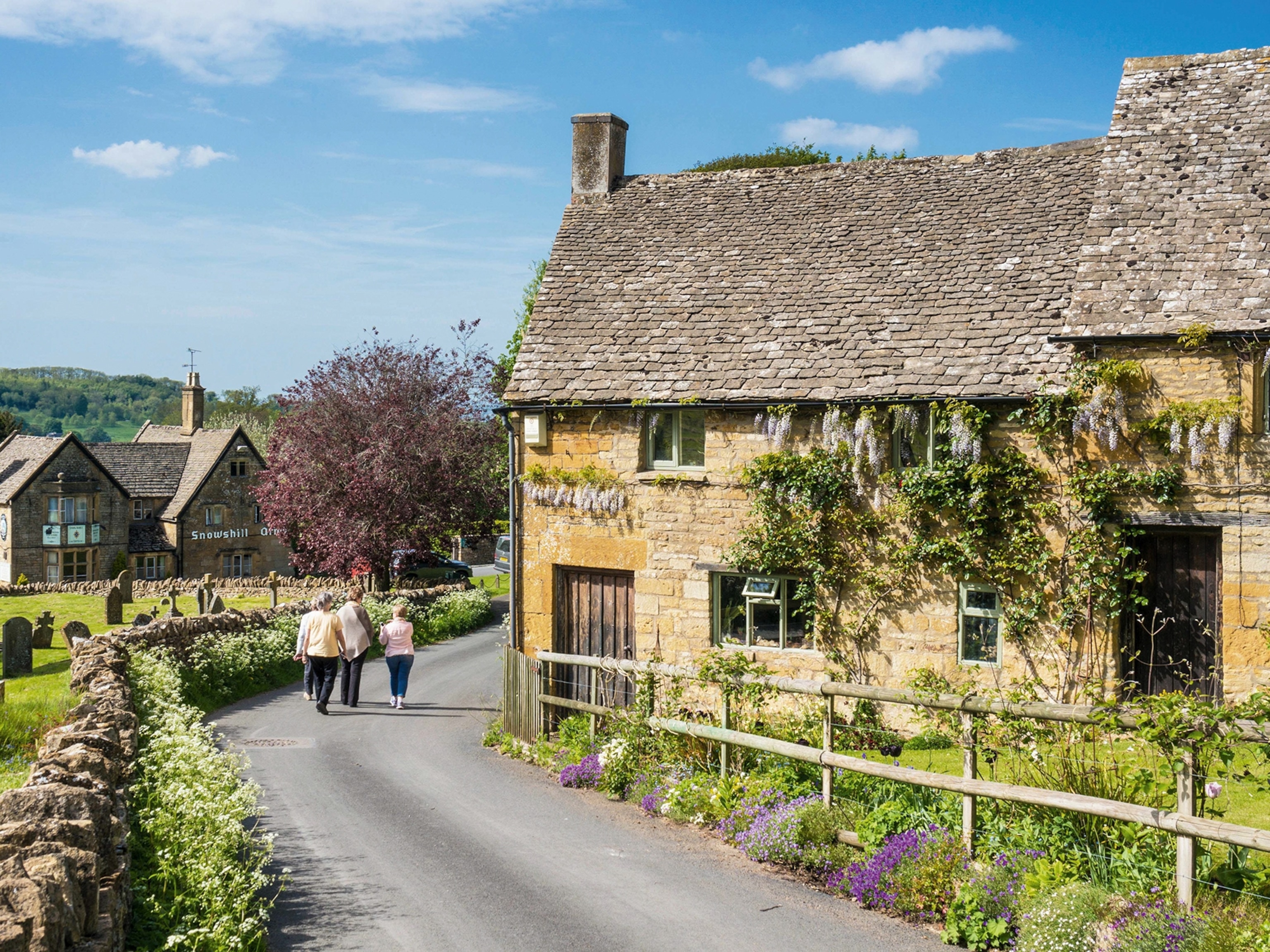Could Exmoor be one of England's most overlooked national parks?
This lesser-visited national park in England’s West Country is a haven for walkers, stargazers and lovers of literature.
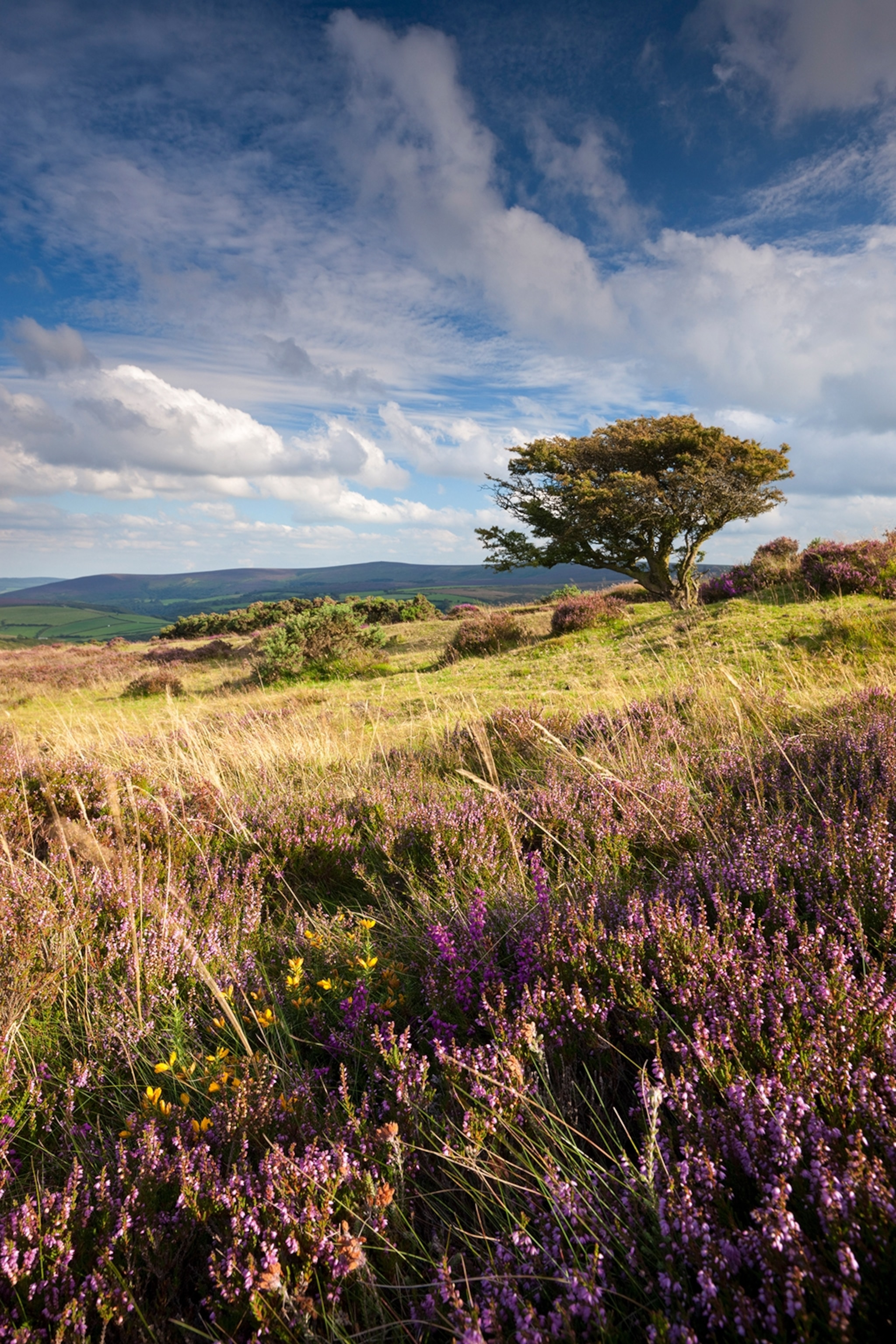
Wrapping up the best of west Somerset and North Devon’s coast and hinterland, Exmoor is the least-visited UK national park, which is a travesty — but a boon for those who do come. Because a certain magic hangs over its pony-grazed uplands, wooded combes, sea cliffs and untamed shores — one enhanced by Exmoor’s human stories. Across the park you’ll find prehistoric standing stones and burial mounds; the ghosts of medieval settlements and remnant churches such as tiny Culbone; the echoes of ardent visitors Wordsworth, Coleridge and Shelley; and even a ‘holy mountain’, Holdstone Down, a place of pilgrimage for UFO-spotters. While the latter’s extra-terrestrial connections are moot, there’s no denying Exmoor is a great spot to ponder the universe. With minimal light pollution lending it some of England’s blackest nights, the park was made Europe’s first International Dark Sky Reserve in 2011. The Exmoor Dark Skies Festival is held here in autumn, but stargazers can get their fill year-round at recommended observation sites, with telescopes available to hire from National Park Centres in Dulverton, Dunster and Lynmouth.

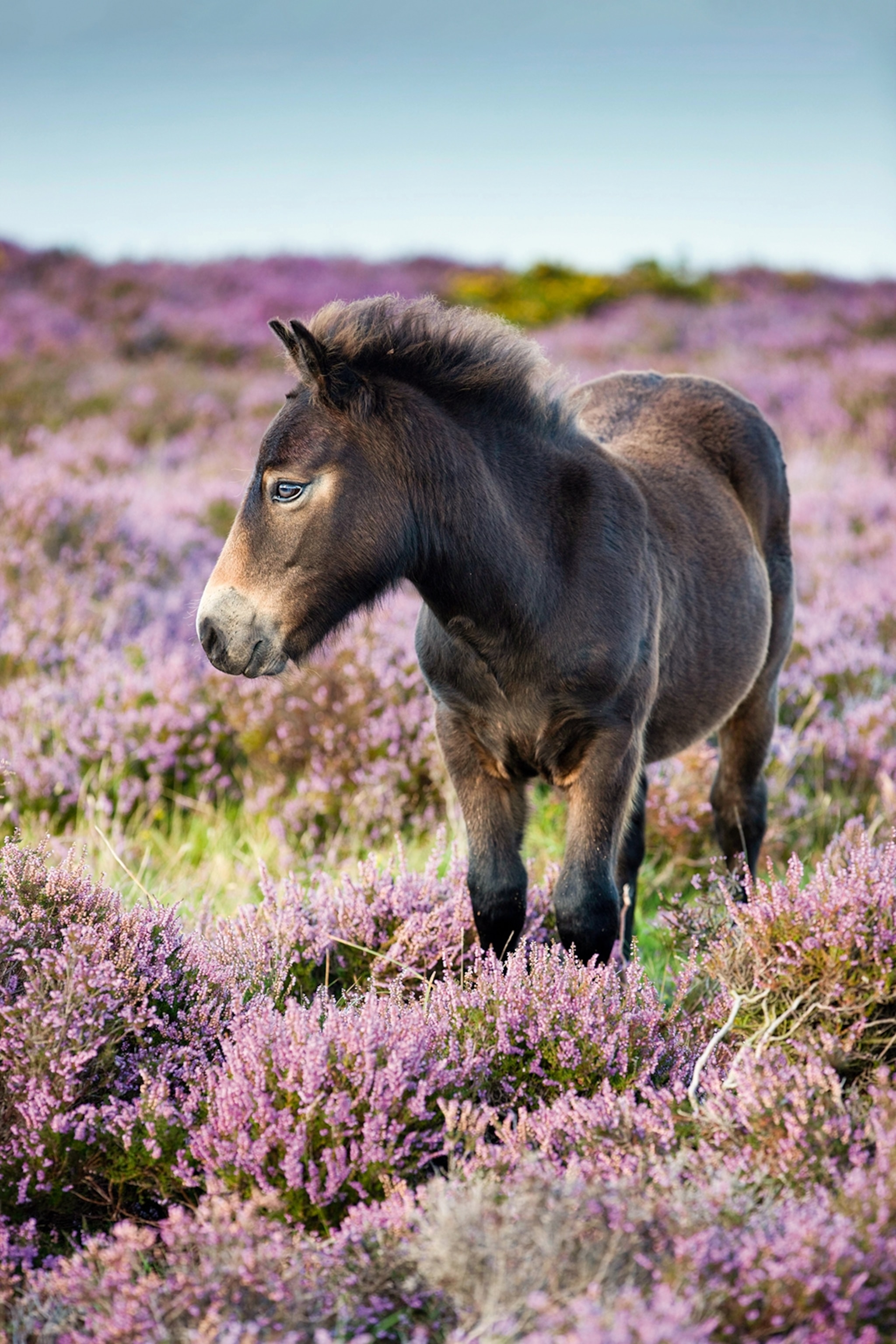
Where can I lace up my walking boots?
Everywhere — Exmoor is hiking heaven. The first (or last) stages of the 630-mile South West Coast Path trace the park’s windswept shoreline, while the 51-mile Coleridge Way runs from Somerset’s Quantock Hills into Exmoor via landscapes that inspired the Romantic poet. An eight-miler from the village of Wheddon Cross skirts 1,702ft Dunkery Beacon (Exmoor’s highest point) and descends through the ancient oaks of Horner Wood to Porlock, home of the fabled man who interrupted Coleridge while he was writing his poem Kubla Khan in the hamlet of Culbone. The park’s country pubs make good walking hubs, too. A 7.5-mile loop starting from the Royal Oak, in Withypool, takes in Britain’s longest medieval clapper bridge — Tarr Steps, a set of huge slabs across the River Barle.
“On clear nights, the Larkbarrow area has a unique quality. Follow the Dark Sky Discovery Trail to the old farm ruins – the stars will be amazing.”Tim Parish, Exmoor National Park ranger, Local tip
Where’s good for a pint and a bite?
You’ll find Exmoor Ales’ microbrewery in Wiveliscombe, but its beers can be sampled at pubs park-wide. Head to Simonsbath, where The Exmoor Forest Inn serves refreshing pints of ‘Gold’ and ‘Beast’, as well as grass-fed beef from the estate’s organic hill farm. In 2024, the inn earned a Michelin Green star for its responsible sourcing and nose-to-tail philosophy. Woods, a pub with a restaurant in Dulverton, also serves interesting beers and wines (it won the Good Pub Guide’s Wine Pub of the Year award 10 years running). Drinks accompany smart dishes built around produce from the owner’s farm. For a Devon cream tea, you have two exceptionally scenic options, including the National Trust’s Watersmeet cafe, tucked away in a leafy ravine at the confluence of the East Lyn River and Hoar Oak Water. It’s pipped, however, by Lee Abbey Tea Cottage, which — weather permitting — serves homemade cakes and bakes in idyllic gardens behind Lee Bay.
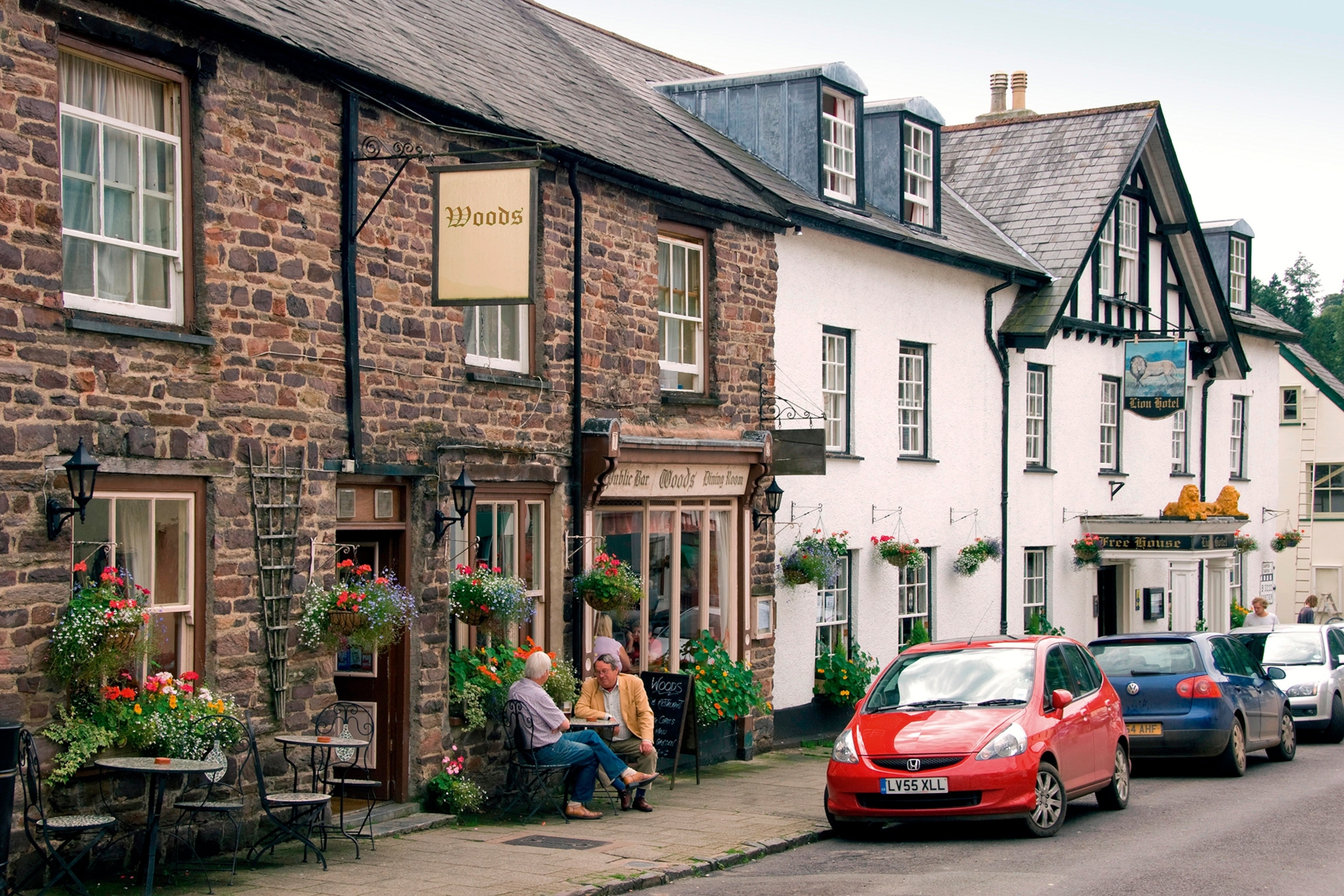
What about places to stay?
Locanda on the Weir is a boutique four-bedroom B&B scattered with eclectic artworks, exotic fabrics and vintage furniture (from £200, B&B). Overlooking Porlock Bay, it’s renowned for its food: chef and co-owner Pio Catemario Di Quadri runs a zero-waste kitchen where he creates seasonal dishes using local ingredients, some grown in his own garden, others foraged nearby. Further along the coast is The Hunter’s Inn, an arts-and-crafts-style hotel in a wooded ravine by Heddon’s Mouth, where a rocky beach lies between sea cliffs (from £190, B&B). Access is via precipitous narrow roads, or on foot via the coast path. Just south of the park, by dark sky observation site Molland Moor, you’ll find five off-grid boltholes from Rest + Wild (from £175). Stargaze from each cabin’s al fresco copper bath, around its fire pit or through the king-size windows by the king-size bed.
How to do it
To subscribe to National Geographic Traveller (UK) magazine click here. (Available in select countries only).


